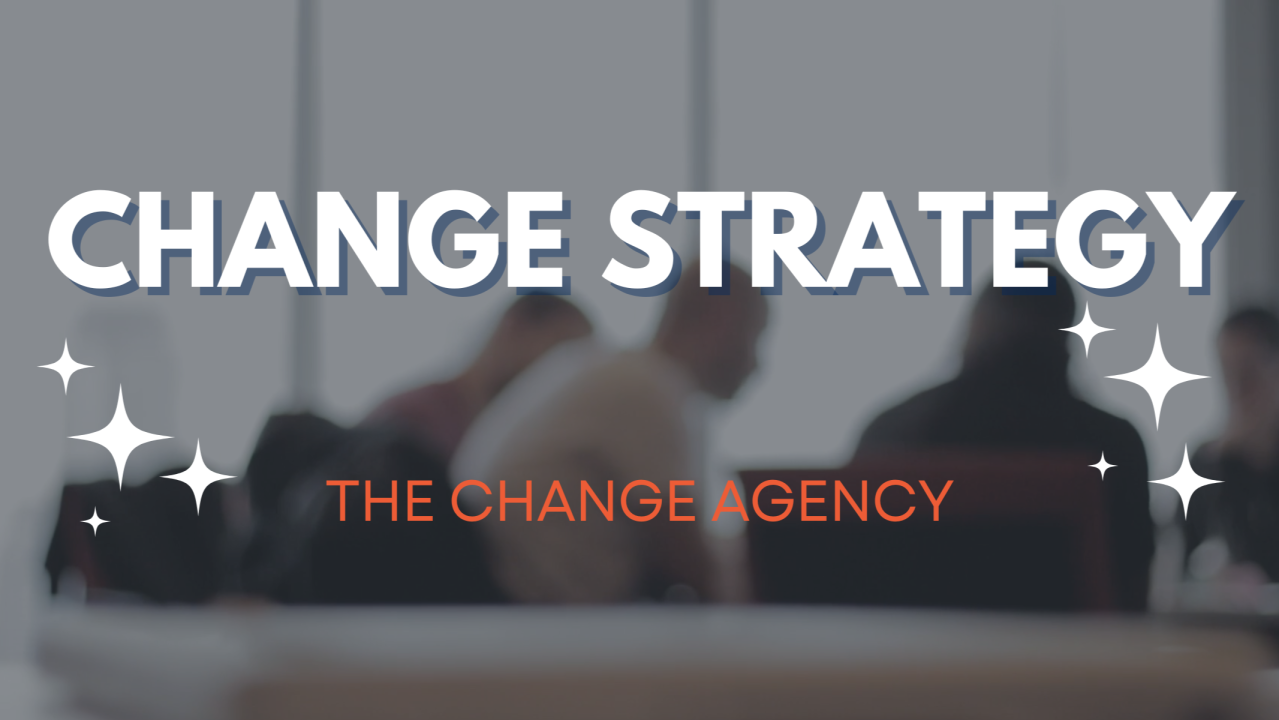More Than a Plan: Why Every Project Needs a Change Strategy
May 28, 2025

In today’s fast-paced business environment, successful project
execution requires more than just technical implementation—it demands
thoughtful change management. A well-crafted change strategy ensures
that people, not just processes and systems, are ready, willing, and
able to adopt new ways of working. Without this human alignment, even
the most innovative projects can falter.
Why You Need a Change Strategy
Change is often met with resistance—not because people dislike
improvement, but because they fear the unknown. A change strategy
bridges the gap between project design and real-world adoption by
creating clarity, building engagement, and reducing friction. It helps
stakeholders understand the "why" behind the change, what’s expected
of them, and how they will be supported throughout the transition.
Moreover, a strong change strategy improves project outcomes. It
increases the speed of adoption, boosts user satisfaction, and
minimizes disruptions to business operations. Organizations that
prioritize change management are more likely to deliver projects on
time, on budget, and with full stakeholder buy-in.
How to Create a Change Strategy
Start with the Case for Change: Begin
by clearly articulating why the change is happening. Link the project
to organizational goals, whether it’s digital transformation, cost
reduction, or improved customer service. Make the benefits relatable
at every level—from leadership to end users.
Identify Stakeholders and Impacts:Map
out who will be affected and how. Different groups experience change
differently. Segment stakeholders and assess the impact of the change
on each group’s workflows, tools, and mindsets.
Engage Leaders and Champions:Secure
leadership alignment early. Leaders set the tone, so their visible
support is critical. Identify change champions within teams to
advocate for the change and act as peer influencers.
Develop Communication and Training Plans:Craft clear, consistent messages that evolve as the project
progresses. Equip employees with the skills and knowledge they need to
succeed through tailored training and job aids.
Enable Feedback and Adaptation:Change
is not linear. Build in mechanisms for feedback and course correction.
Listen to concerns, celebrate wins, and adjust your approach as
needed.
Reinforce and Sustain: Adoption
doesn’t end at go-live. Reinforce new behaviors through recognition,
performance measures, and continued support to embed the change into
the culture.
A thoughtful change strategy turns project delivery into
people-centered transformation. It’s not just about implementing
systems—it’s about enabling people to thrive within them.


